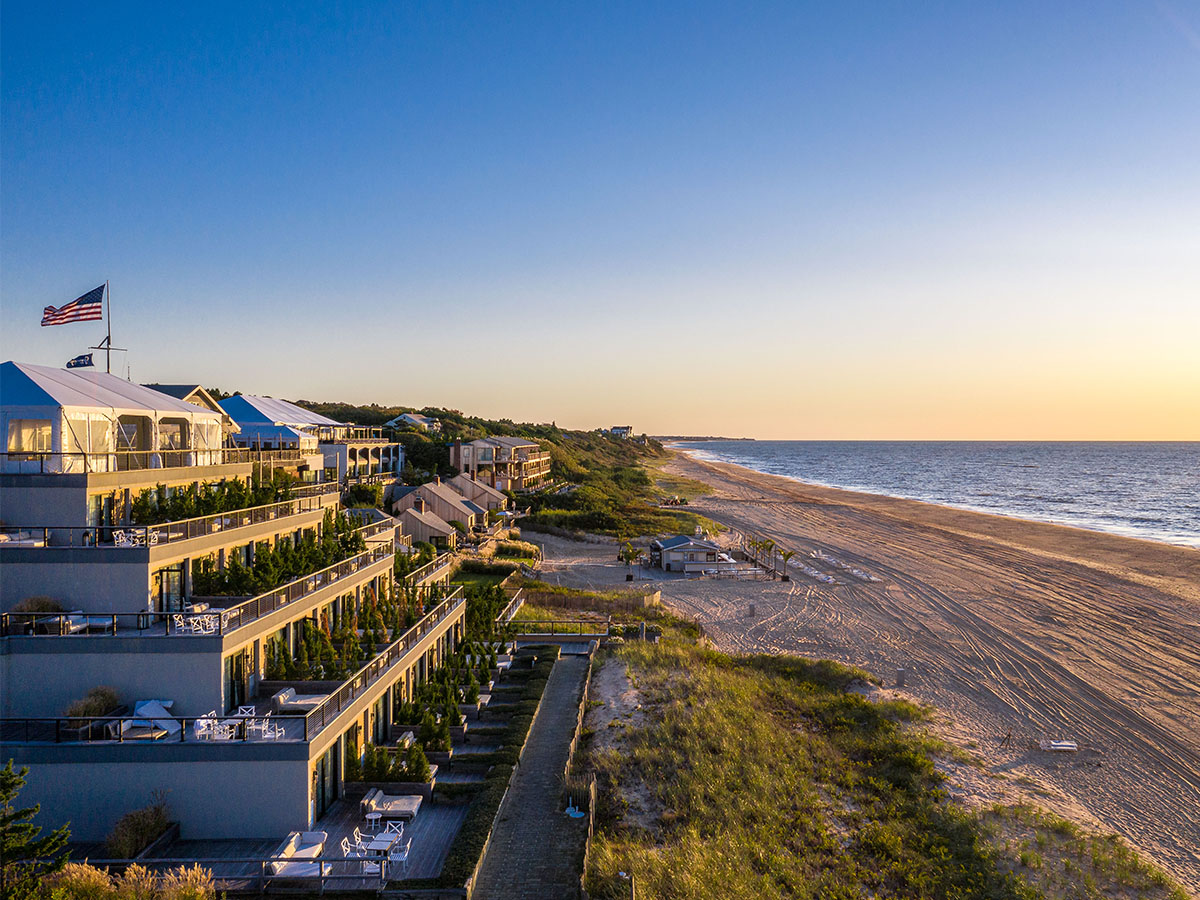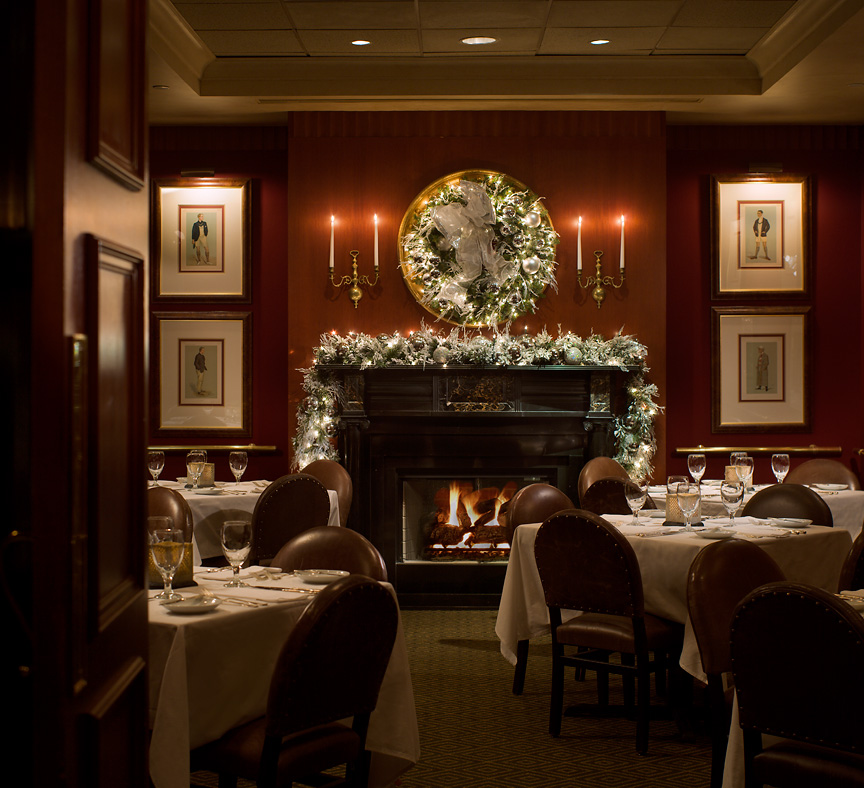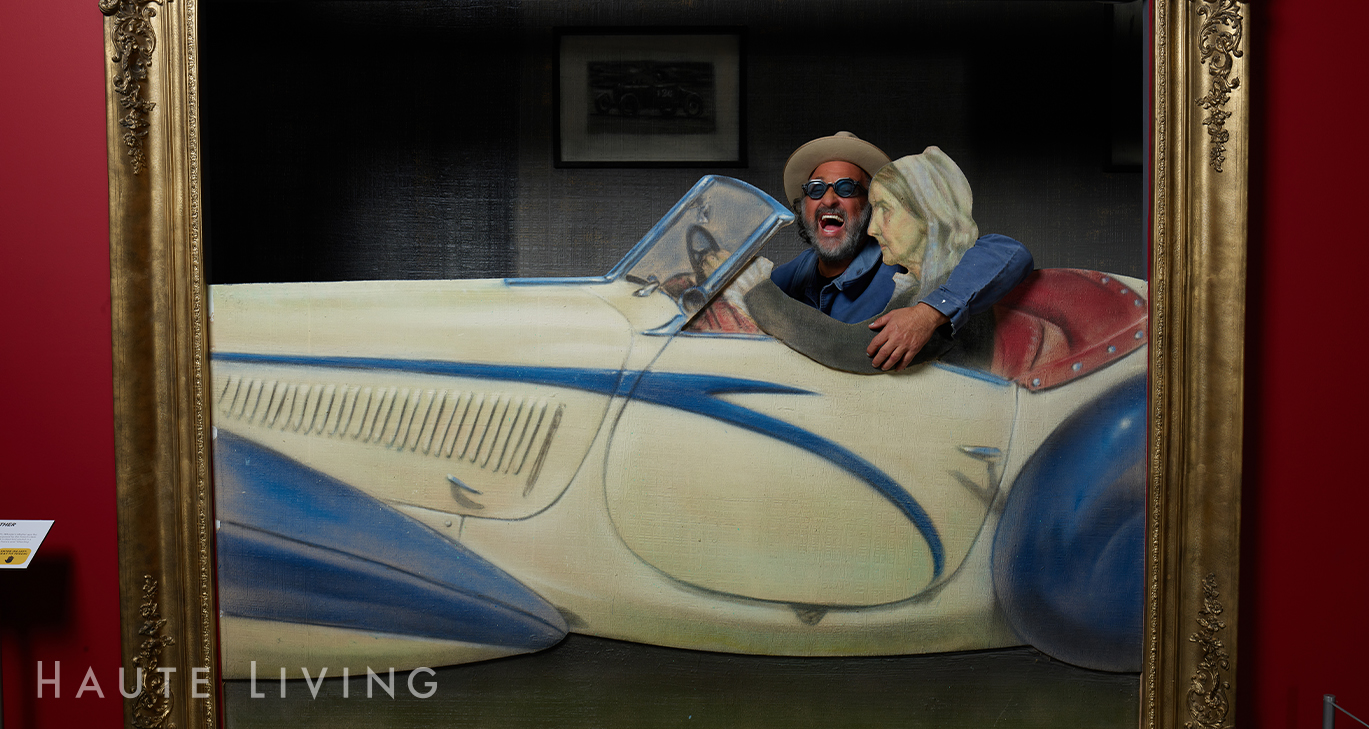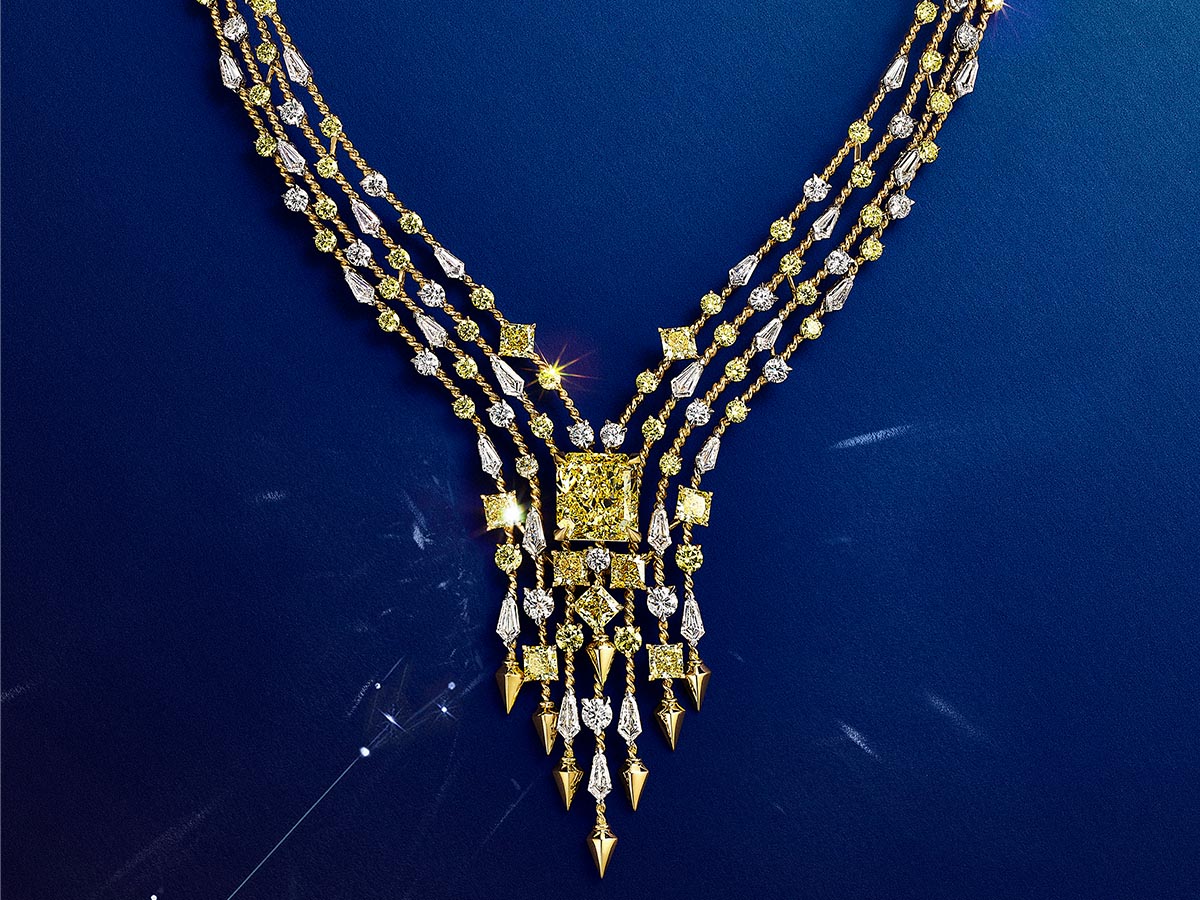Blockbuster Brett: Brett Ratner
Through a series of believe-it-if-you-can tales that altogether define his life, Brett Ratner tells the story of his rise from a $500 per week salary from The Forge to a billion dollar director taking over Hollywood, one industry at a time.
By Kamal Hotchandani and Stephanie Wilson
Photography by Barry Peele
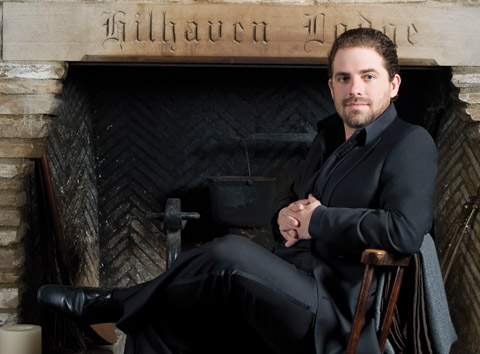
[highlight_text] But his main love is being behind a camera, movie or otherwise. He is now an acclaimed photographer responsible for the striking Jimmy Choo ads with Nicole Ritchie, and the stunning shots of Heidi Klum for Jordache. [/highlight_text]
The mark of a good director is their ability to tell an intriguing tale. The world has no doubt that Brett Ratner can do just that. At the age of 38, his eight feature films have grossed more than a billion dollars worldwide, a number that is sure to increase exponentially with the August 10 release of Rush Hour 3. While many of his director counterparts spend their time hiding behind the camera, Brett Ratner is coming out in full force. He is creating more than just a name for himself in the world of directing. He is building a Ratner brand that is set to take over almost every sector of the entertainment industry. His companies have a hand in movies, television, music, and book publishing. His rise to the top of his industry is intriguing enough to be the subject of one of his blockbuster films. This is his story.
The Backstory
For Brett Ratner, his whole life has been about directing. “When you love something, it shows in your work,” he says. And the world knows that, without a doubt, Brett Ratner loves directing. He has for as long as he can remember, spending the days growing up on Miami Beach, stalking around the sets of Miami Vice and Scarface, even scoring a cameo as a background extra in the 1983 Brian de Palma film. Ratner was 13. So sure of his eventual career, he convinced his young mother to skip him forward in school. “I told my mom I was too smart for the kids in my class,” he recalls. “I think I went from second to fifth grade; I skipped third and forth grade. I wanted to be a director, and I thought, ‘Oh my God, I have to wait until I am 18? That’s half my life!'”He has always had a flair for the dramatic.It is a flair that served him well, as evidenced by the now-legendary tale of talking his way into film school when he was just 16. (The story has Ratner turning up at the dean’s office after receiving a rejection letter, pleading, “If you don’t let me in, I’ll spend the rest of my life on my mom’s couch.” He received an acceptance letter two weeks later.) That story, while full of cinematic drama, may have been stretched from the truth, which is that Ratner’s family was good friends with the Miami Beach Police Chief Rocky Pomerance, who was great friends with the Tisch Family (think The Tisch School of Arts at NYU). “I think I was the Ferris Bueller of Miami Beach; I had the whole place just wired,” he says with a laugh from the comfort of his California estate.While he may have found extreme levels of success on the West Coast, he credits it all to Miami Beach.
“I can say, I had the best childhood experience ever growing up in Miami Beach,” he says. He says he was “exposed to so many kinds of people” who helped him grow in to the success tale he is today, beginning with his maternal grandparents, Mario and Fanita Pressman, and his mother, Marsha. The family all lived together in a house in Miami Beach. Ratner’s paternal grandfather, Lee Ratner, was a mega-developer who built great mansions; Lee County in southwest Florida was even named after him. Lee Ratner, who was building a home in the 1960s on North Bay Road, would always have his friend Al Malnik visit. Malnik was the closest father figure to Ratner, and his son, Shareef, became like a brother.
Malnik urged Ratner to attend law school and then to become a studio head and capitalize on making 20 pictures a year and not just one per year as a director; Brett obliged him so far as studying for the entrance exam in exchange for the funding of a short film. Brett laughs, “One motivation [for Al funding the film] was to help me, and the other was to get more acquainted with Nancy Gresham.” Brett cast Nancy in the film, and Al went on to marry her.
Prior to film school, Ratner honed his directing skills using the characters that populated the Beach, making Miami Vice meets Kung Fu-type flicks. “I would make little films with my Super-8 camera, but all the actors would be all the old people in Miami Beach, because it was only old people in Miami Beach then,” he laughs. “So I made dozens of these little films with these old actors or my family.”
Ratner can claim some responsibility in the transformation of Miami Beach from a geriatric haven into an international haute spot. When Bruce Webber came to town in 1985 to shoot a Calvin Klein campaign, the Beach was suddenly crawling with models with nothing to do. It was Ratner and Shareef to the rescue. “We started inviting the models [to The Forge], and it was just me and Shareef with twenty girls all of a sudden,” Brett recalls. “My three best friends were Anthony Michael Hall [The Breakfast Club, Sixteen Candles], Pauly Shore, and Matt Dillon, and I said, ‘Come down to Miami!’ So Anthony Michael Hall and myself and all these pretty young models are having dinner and all of a sudden, everyone that came down to Miami would come to The Forge.” Brett got on the payroll, earning $500 per week for his efforts turning the restaurant into a must-see on Miami Beach. The Forge, now owned by Shareef, still reigns supreme as the place to go for sophisticated Miami Beach nightlife.




